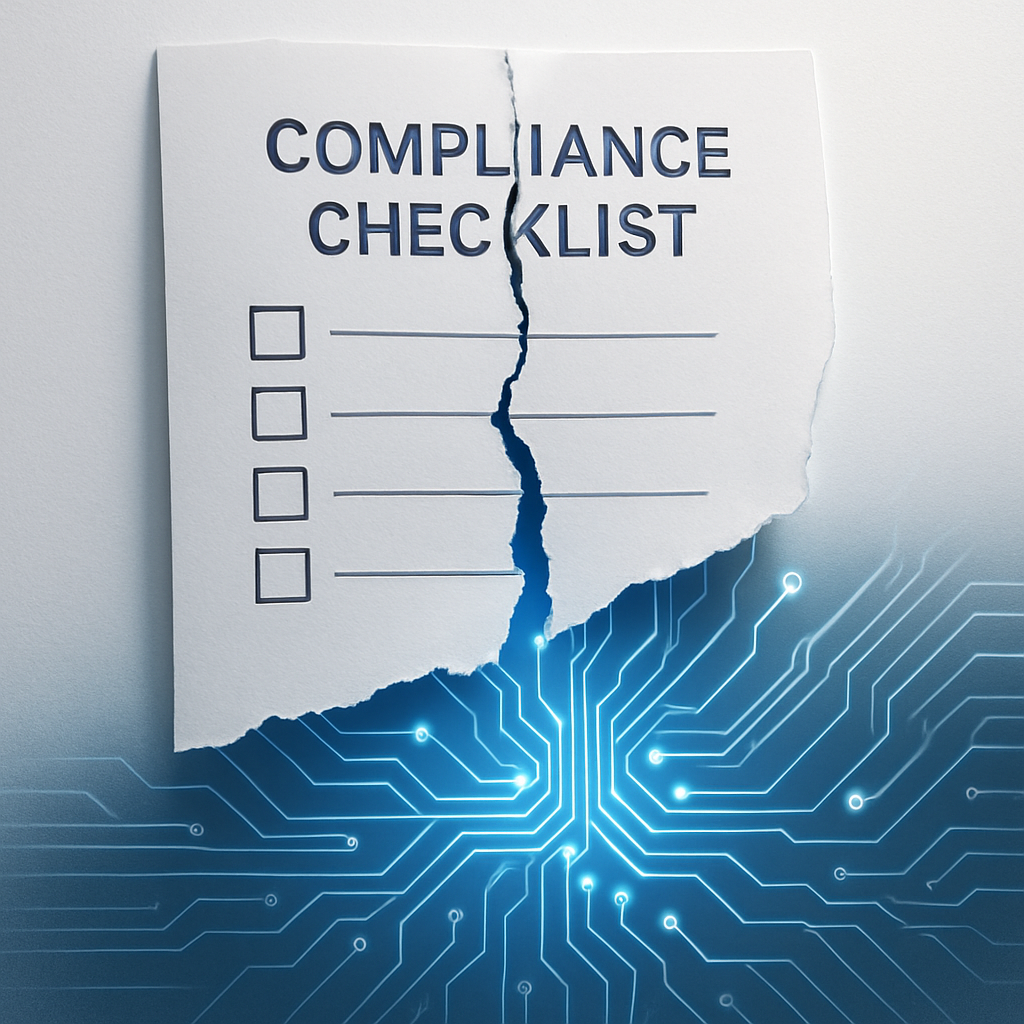The OT Budget Dilemma Begins with What You Prevent, Not What You Repair

Across industries, Operational Technology (OT) leaders are preparing 2026 budgets with one priority on paper — compliance. New regulations like the Network and Information Security Directive 2 (NIS2), the Cyber Resilience Act (CRA), and the North American Electric Reliability Corporation (NERC) standards are shaping audit checklists and documentation cycles everywhere.
Yet behind those well-funded compliance projects lies a silent gap: most OT systems are still being defended after an attack, not before it.
Budgets Focused on Compliance, Not Readiness
According to the European Union Agency for Cybersecurity (ENISA)’s Threat Landscape 2025, over 64% of OT-related incidents in Europe originated from credential compromise or unauthorised access — not from network breaches.
The Cybersecurity and Infrastructure Security Agency (CISA)’s 2025 advisories echo the same finding: reactive defences such as patching and post-incident recovery still dominate critical infrastructure responses, while identity and access weaknesses remain the main entry vector.
The Hidden Cost of Reactive Protection

The past year has exposed the limits of reactive protection. Energy utilities restored operations after ransomware disruptions, manufacturers rebuilt systems after credential breaches, and public infrastructure resumed services only after being compromised.
Every recovery becomes more expensive, every downtime longer. A recent Gartner survey found that the average OT outage following a cyberattack costs more than USD 220,000 per hour when production or public services are interrupted.
Despite improved reporting and certifications, attacks keep returning — not because defences are missing, but because most of them start working too late.
Why Real Security Begins Before the Intrusion
Real security begins before the intrusion. The next wave of OT investment must focus on stopping compromise at its origin — the moment of identity and access.
When an attacker cannot enter, the system does not need to recover. When credentials cannot be replayed, stolen, or reused, there is no breach to detect. That is why budget discussions for 2026 should prioritise authentication and access control mechanisms designed for OT environments, where connectivity is limited and downtime is costly.
CISA’s 2025 Industrial Control Systems (ICS) Advisory specifically calls for offline-capable Multi-Factor Authentication (MFA) and air-gap authentication as top priorities for operators in energy and manufacturing sectors.
Dynamic Identity for a Disconnected World

Modern OT systems require verification methods that work even when networks fail — not by waiting for alerts, but by preventing unauthorised access in the first place.
Dynamic, one-way authentication models, where each credential is generated independently of a central server, are already being adopted across critical sectors. This approach reflects the same principle applied in OTAC (One-Time Authentication Code), where each identity is verified dynamically without relying on passwords or constant network access.
Such methods move defence from response to prevention, ensuring that even isolated systems remain trusted under any condition.
Prevention Must Shape the 2026 Budget
Budget decisions must reflect this shift. Every audit report and dashboard adds insight, but insight does not block an intrusion. The coming year will not reward the organisations that respond fastest — it will reward those that cannot be breached at all.
ENISA warns that by 2026, the majority of critical infrastructure attacks will target operational endpoints directly, bypassing corporate IT controls. This means the costliest mistake an organisation can make is to keep funding compliance reports while underfunding preemptive identity protection.
When prevention becomes part of every control system, continuity follows naturally. The true question for 2026 is simple:
Are you investing to rebuild after an attack, or to ensure it never begins?
--------------------

swIDch will continue its quest to innovate and pioneer next-generation authentication solutions. To stay up-to-date with the latest trends sign up to our newsletter and check out our latest solutions.

When a major U.S. steelmaker halted part of its production after a cyber incident in May 2025, output wasn’t the only

In late October 2025, the Canadian Centre for Cyber Security issued an unusual public alert. Several of the country’s

A recent cyberattack on Jaguar Land Rover forced the temporary closure of its Solihull, Halewood and Wolverhampton
Looking to stay up-to-date with our latest news?